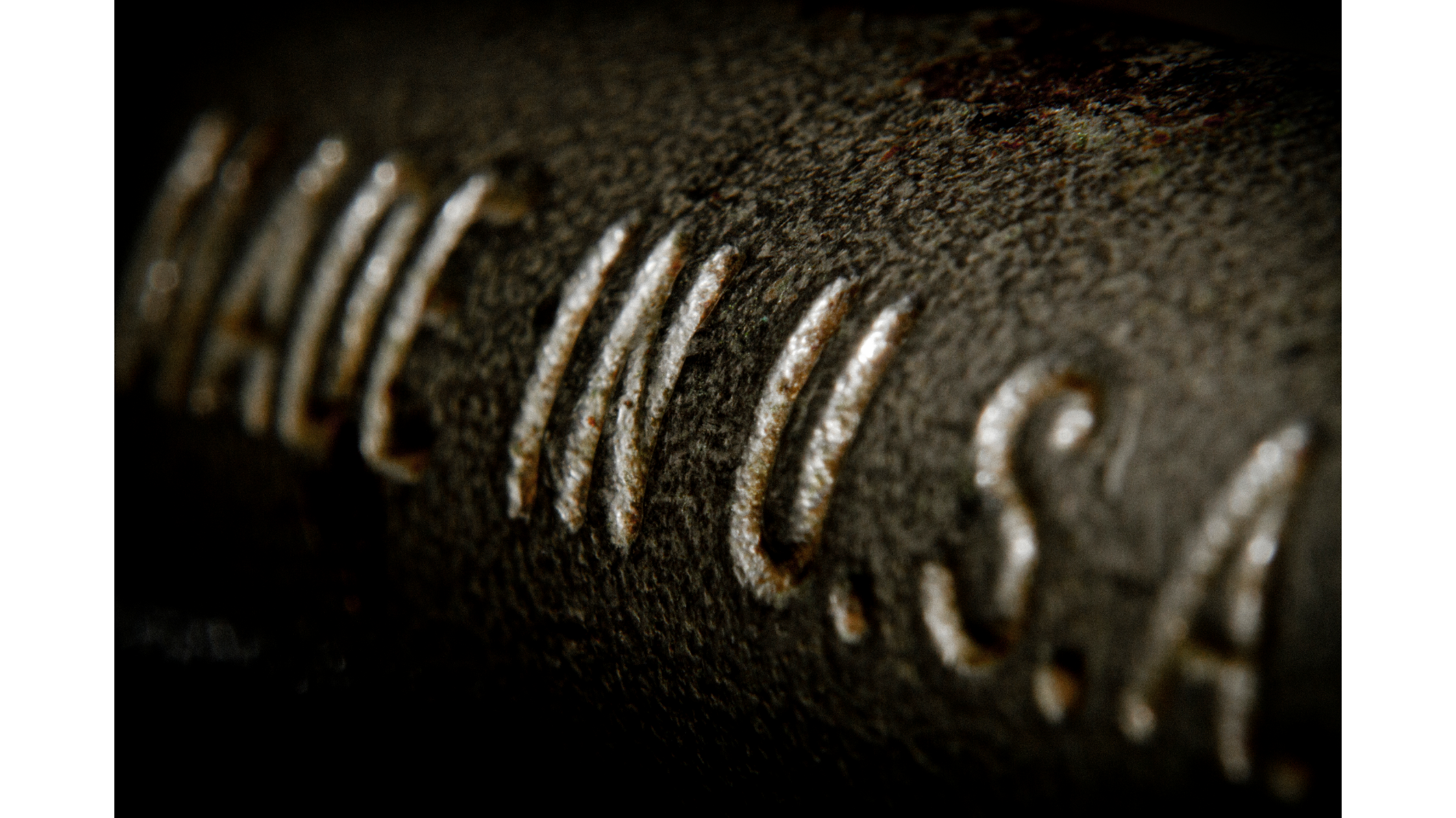FTC Looking to Levy First Fine Under New ‘Made in USA’ Rules
It has brought a complaint against a battery maker labeling its products as “Made in U.S.A” when some parts allegedly come from China.

The FTC announced last week it has brought a complaint against a company called Lithionics Battery LLC and its founder, owner, and general manager, Steven Tartaglia.
Based in Clearwater, Florida, Lithionics designs and sells batteries and battery accessories for boats as well as recreational and low-speed electric vehicles.
In the complaint, the FTC alleges the company labeled its products with an American flag surrounded by the words “MADE IN U.S.A,” with some product packaging also displaying the statement “Proudly Designed and Built in USA.”
The company used this label and similar origin claims on its website and social media platforms, including in YouTube videos. It also published a chart in its marketing materials highlighting the “advantages” of its products over “imports,” the complaint states.
However, the lithium ion cells the company used were made in China and its battery management systems “incorporate significant other imported components,” the FTC alleges, in violation of the new Made in the USA Labeling Rule.
The attorney listed in court documents as representing Lithionics and Tartaglia, John Dicks II of Akerman LLP, did not respond to an email and voice message left Wednesday seeking comment on the case.
Under the Made in the USA Labeling Rule, which went into effect in August 2021, it is considered unfair or deceptive to label any product as Made in the United States unless “the final assembly or processing of the product occurs in the United States, all significant processing that goes into the product occurs in the United States, and all or virtually all ingredients or components of the product are made and sourced in the United States,” per the FTC.
An FTC official clarified that the commission has issued decisions and orders on “Made in USA” claims since the 1940s.
What the labeling rule did was codify the established principle that when consumers see claims of “Made in the USA,” “American made,” etc., they believe that no more than a de minimis amount of the product is of foreign origin.
In the Lithionics case, the FTC wants the court to levy a civil penalty of a little over $105,000, three times its profits attributed to “illegal” activity. It also wants the court to prohibit Lithionics from making “unqualified” U.S. origin claims going forward.
The FTC referred the complaint to the U.S. Department of Justice, which filed it and the proposed settlement in a Florida federal court on the FTC’s behalf.
It is up to a federal judge to decide if or when to sign the settlement.
For additional guidance on the standards that must be met to claim that a product is “Made in the USA,” visit the FTC website.
The Latest

The couple pleaded guilty to concealing at least $127 million in cash transactions at its precious metals businesses.

Consumers shared concerns about prices, inflation, tariffs, trade, and politics in the survey’s write-in response section.

In February 2026, the auction house will move its headquarters to the former Steinway Hall, a neoclassical landmark on Billionaires’ Row.

How Jewelers of America’s 20 Under 40 are leading to ensure a brighter future for the jewelry industry.

The new show will take place Jan. 23-25, 2026.


The former BHP Billiton leader and Gemfields chairman is remembered for his influential leadership throughout his 50-year mining career.

The LVMH-owned brand has partnered with the costume design union to revamp its award for 2026.

Roseco’s 704-page catalog showcases new lab-grown diamonds, findings, tools & more—available in print or interactive digital editions.

The luxury titan inked a deal to acquire an initial minority stake in the jewelry manufacturer with a pathway to full ownership by 2032.

The company’s curation of unsigned vintage and estate jewelry debuted at the Bloomingdale’s in Costa Mesa, California.

In the recent multi-shipment seizure, CBP also found counterfeit Audemars Piguet, Moncler, and Chrome Hearts items.

Helzberg’s Chief Retail Officer Mitch Maggart shared details about its tests of a new store concept rooted in an elevated luxury experience.

Jewelers of America execs and National Jeweler editors discuss tariffs, the sky-high gold price, and the engagement that broke the internet.

The luxury goods company said founder Ippolita Rostagno will remain at the brand’s helm.

Laura Burdese, who joined the Italian luxury brand in 2022, will take on the role in July.

The National Jeweler editors revisit the most noteworthy industry happenings and design trends from 2025.

Need a gift for the cat lover who has everything? Look no further than our latest Piece of the Week.

It purchased the “Grosse Pièce,” an ultra-complicated Audemars Piguet pocket watch from the ‘20s, for a record-breaking price at Sotheby’s.

The lab-grown diamond grower now offers custom engagement and fashion jewelry through its Kira Custom Lab Jewelry service.

Chandler got his start at Michelson Jewelers and has served as DCA president and CEO since 2001. He will retire at the end of the month.

The boutique is slated to open this week inside Terminal 8, offering pre-owned Rolex watches and more to international travelers.

Sponsored by Digital Monitoring Products

The special-edition egg pendant ingested in a New Zealand jewelry store was recovered after a six-day wait.

Associate Editor Natalie Francisco plays favorites with Piece of the Week, selecting a standout piece of jewelry from each month of 2025.

The “Love and Desire” campaign is inspired by the magic that follows when one’s heart leads the way, said the brand.

Two awardees will receive free tuition for an educational course at the Swiss lab, with flights and lodging included.

Berta de Pablos-Barbier will replace Alexander Lacik at the start of January, two months earlier than expected.




























